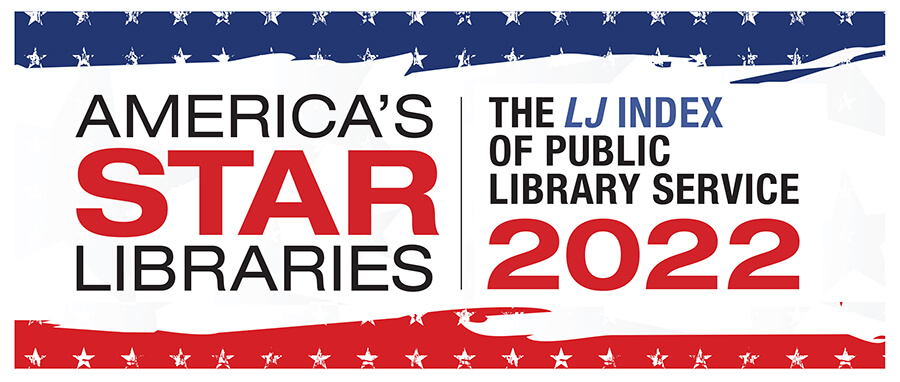Menu
×
West Ashley Library
9 a.m. – 7 p.m.
Phone: (843) 766-6635
Folly Beach Library
Closed
Phone: (843) 588-2001
Edgar Allan Poe/Sullivan's Island Library
Closed for renovations
Phone: (843) 883-3914
Wando Mount Pleasant Library
9 a.m. – 8 p.m.
Phone: (843) 805-6888
Village Library
9 a.m. – 6 p.m.
Phone: (843) 884-9741
St. Paul's/Hollywood Library
9 a.m. – 8 p.m.
Phone: (843) 889-3300
Otranto Road Library
9 a.m. – 8 p.m.
Phone: (843) 572-4094
Mt. Pleasant Library
9 a.m. – 8 p.m.
Phone: (843) 849-6161
McClellanville Library
9 a.m. - 6 p.m.
Phone: (843) 887-3699
Keith Summey North Charleston Library
9 a.m. – 8 p.m.
Phone: (843) 744-2489
John's Island Library
9 a.m. – 8 p.m.
Phone: (843) 559-1945
Hurd/St. Andrews Library
9 a.m. – 8 p.m.
Phone: (843) 766-2546
Miss Jane's Building (Edisto Library Temporary Location)
9 a.m. – 6 p.m.
Phone: (843) 869-2355
Dorchester Road Library
9 a.m. – 8 p.m.
Phone: (843) 552-6466
John L. Dart Library
9 a.m. – 7 p.m.
Phone: (843) 722-7550
Baxter-Patrick James Island
9 a.m. – 8 p.m.
Phone: (843) 795-6679
Main Library
9 a.m. – 8 p.m.
Phone: (843) 805-6930
Bees Ferry West Ashley Library
9 a.m. – 8 p.m.
Phone: (843) 805-6892
Mobile Library
9 a.m. - 5 p.m.
Phone: (843) 805-6909
Today's Hours
West Ashley Library
9 a.m. – 7 p.m.
Phone: (843) 766-6635
Folly Beach Library
Closed
Phone: (843) 588-2001
Edgar Allan Poe/Sullivan's Island Library
Closed for renovations
Phone: (843) 883-3914
Wando Mount Pleasant Library
9 a.m. – 8 p.m.
Phone: (843) 805-6888
Village Library
9 a.m. – 6 p.m.
Phone: (843) 884-9741
St. Paul's/Hollywood Library
9 a.m. – 8 p.m.
Phone: (843) 889-3300
Otranto Road Library
9 a.m. – 8 p.m.
Phone: (843) 572-4094
Mt. Pleasant Library
9 a.m. – 8 p.m.
Phone: (843) 849-6161
McClellanville Library
9 a.m. - 6 p.m.
Phone: (843) 887-3699
Keith Summey North Charleston Library
9 a.m. – 8 p.m.
Phone: (843) 744-2489
John's Island Library
9 a.m. – 8 p.m.
Phone: (843) 559-1945
Hurd/St. Andrews Library
9 a.m. – 8 p.m.
Phone: (843) 766-2546
Miss Jane's Building (Edisto Library Temporary Location)
9 a.m. – 6 p.m.
Phone: (843) 869-2355
Dorchester Road Library
9 a.m. – 8 p.m.
Phone: (843) 552-6466
John L. Dart Library
9 a.m. – 7 p.m.
Phone: (843) 722-7550
Baxter-Patrick James Island
9 a.m. – 8 p.m.
Phone: (843) 795-6679
Main Library
9 a.m. – 8 p.m.
Phone: (843) 805-6930
Bees Ferry West Ashley Library
9 a.m. – 8 p.m.
Phone: (843) 805-6892
Mobile Library
9 a.m. - 5 p.m.
Phone: (843) 805-6909
Patron Login
menu
Item request has been placed!
×
Item request cannot be made.
×
 Processing Request
Processing Request
Evaluating changes in business distribution within urban rail transit hubs in Beijing via Point of Interest (POI) data analysis (2008–2020).
Item request has been placed!
×
Item request cannot be made.
×
 Processing Request
Processing Request
- Author(s): Wan, Bo; Wan, Dongyang; Sheng, Qiang
- Source:
Frontiers of Architectural Research; Apr2024, Vol. 13 Issue 2, p305-318, 14p- Subject Terms:
- Source:
- Additional Information
- Subject Terms:
- Abstract: This paper, set against the backdrop of expanding urban rail networks and dynamic urban development, focuses on the distribution and evolution of commercial Points of Interests (POIs) within the central urban rail transit areas of Beijing. The study examines data from four different years—2008, 2013, 2017, and 2020—to observe the temporal evolution of commercial entities. It identifies stable explanatory variables affecting the distribution and evolution of commercial POIs, which include rail transit accessibility, characteristics of the working and residential population distribution around stations, and the construction intensity in the vicinity of station areas. Through statistical analysis and model building, relatively stable linear regression equations were established, with R 2 values generally maintained above 0.5 (except for 2017). The study advances our understanding of the influence of rail transit on urban commercial spaces and how this influence shifts with temporal and urban developmental changes. It elucidates the correlation between changes in the number of businesses and spatial configuration, offering insights and information for urban planners and policy makers. This research also serves as a model for exploring the interplay between urban rail transit and commercial spaces in other major cities. [ABSTRACT FROM AUTHOR]
- Abstract: Copyright of Frontiers of Architectural Research is the property of KeAi Communications Co. and its content may not be copied or emailed to multiple sites or posted to a listserv without the copyright holder's express written permission. However, users may print, download, or email articles for individual use. This abstract may be abridged. No warranty is given about the accuracy of the copy. Users should refer to the original published version of the material for the full abstract. (Copyright applies to all Abstracts.)
Contact CCPL
Copyright 2022 Charleston County Public Library Powered By EBSCO Stacks 3.3.0 [350.3] | Staff Login


No Comments.